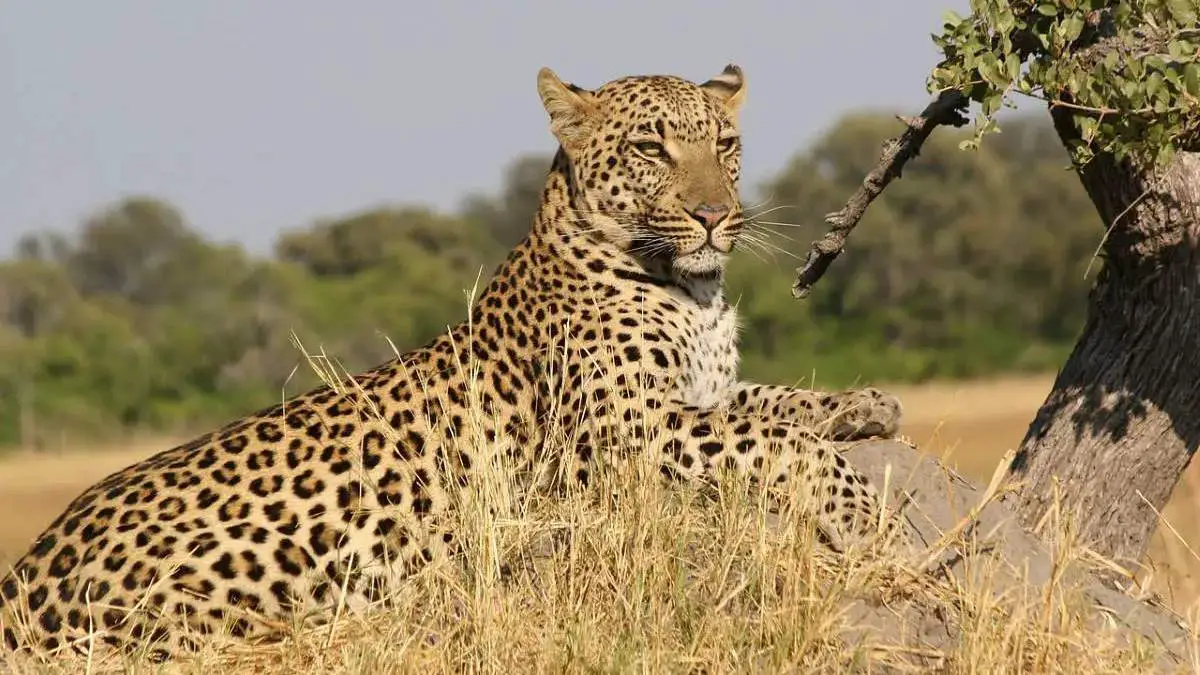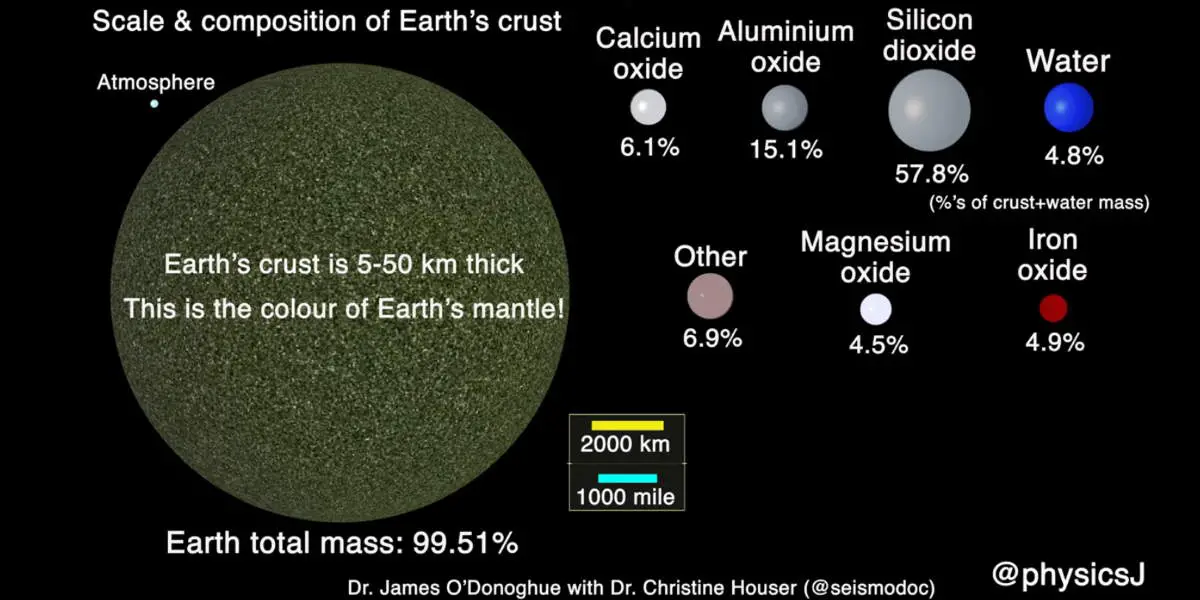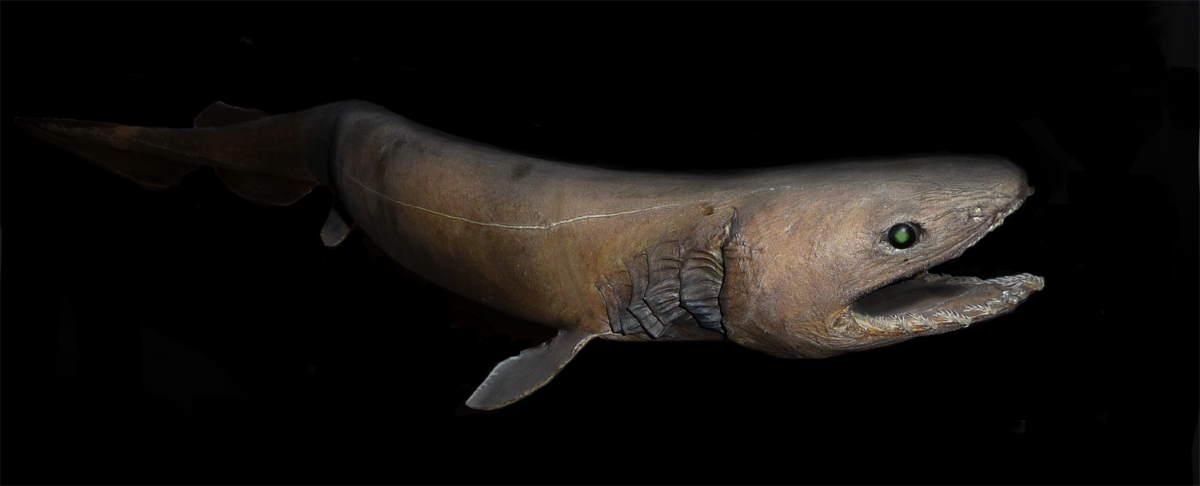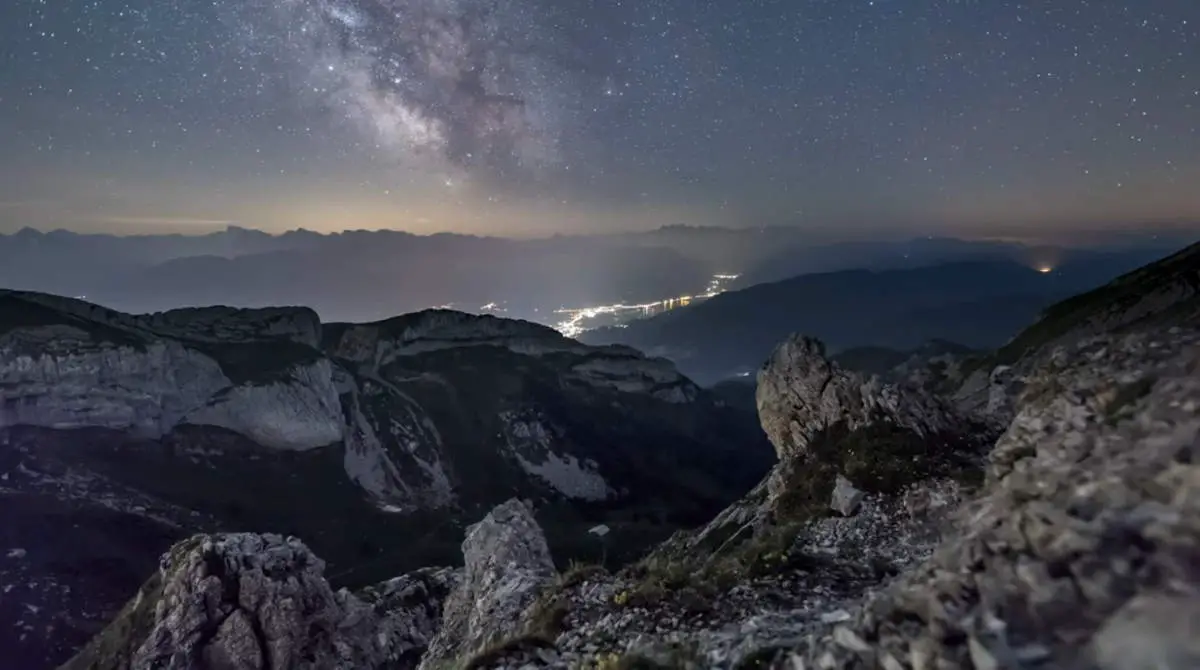Urbanization is just one of the many effects of overpopulation here on Earth, along with the rapid dwindling of the natural environment as a whole. The general consensus across the scientific community is that a number of factors have contributed to global overpopulation. More than 7.7 billion people live on Earth as of 2020, largely due to longer life expectancies, improved sanitation, and advancements in medicine over the last few centuries.









